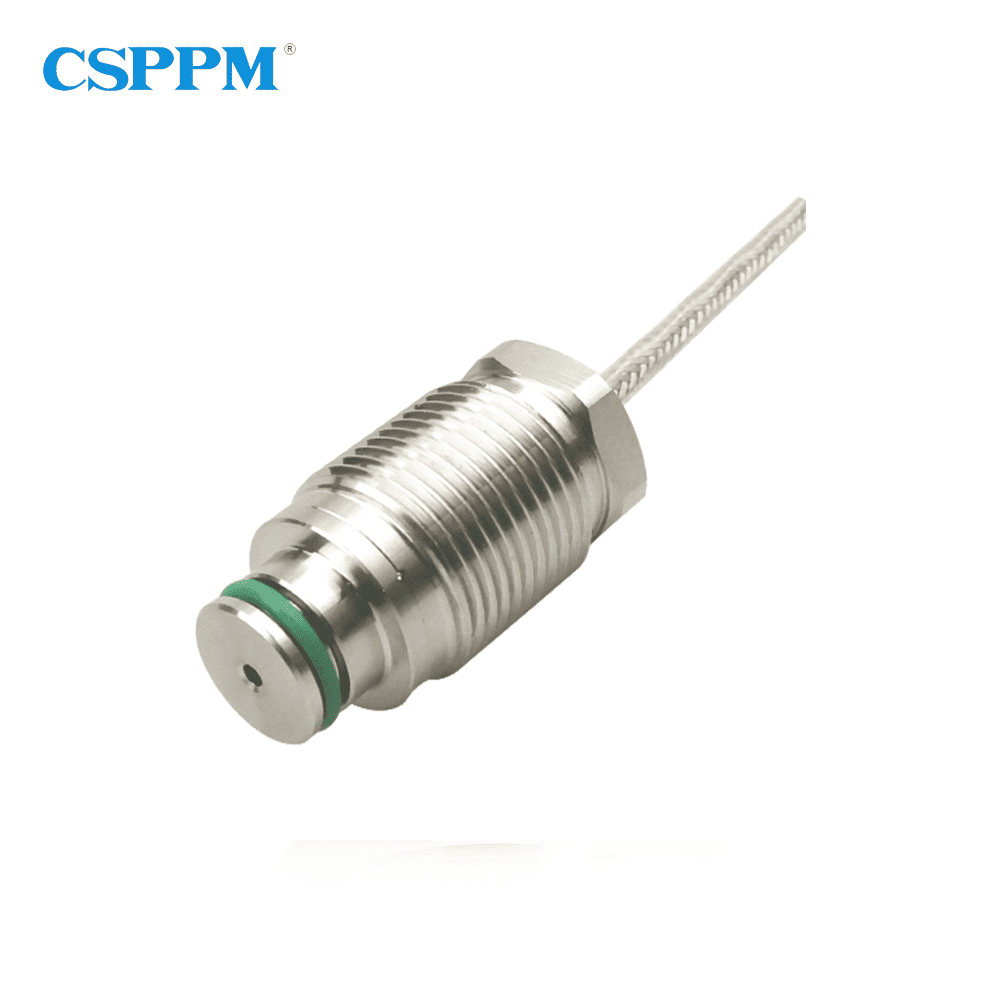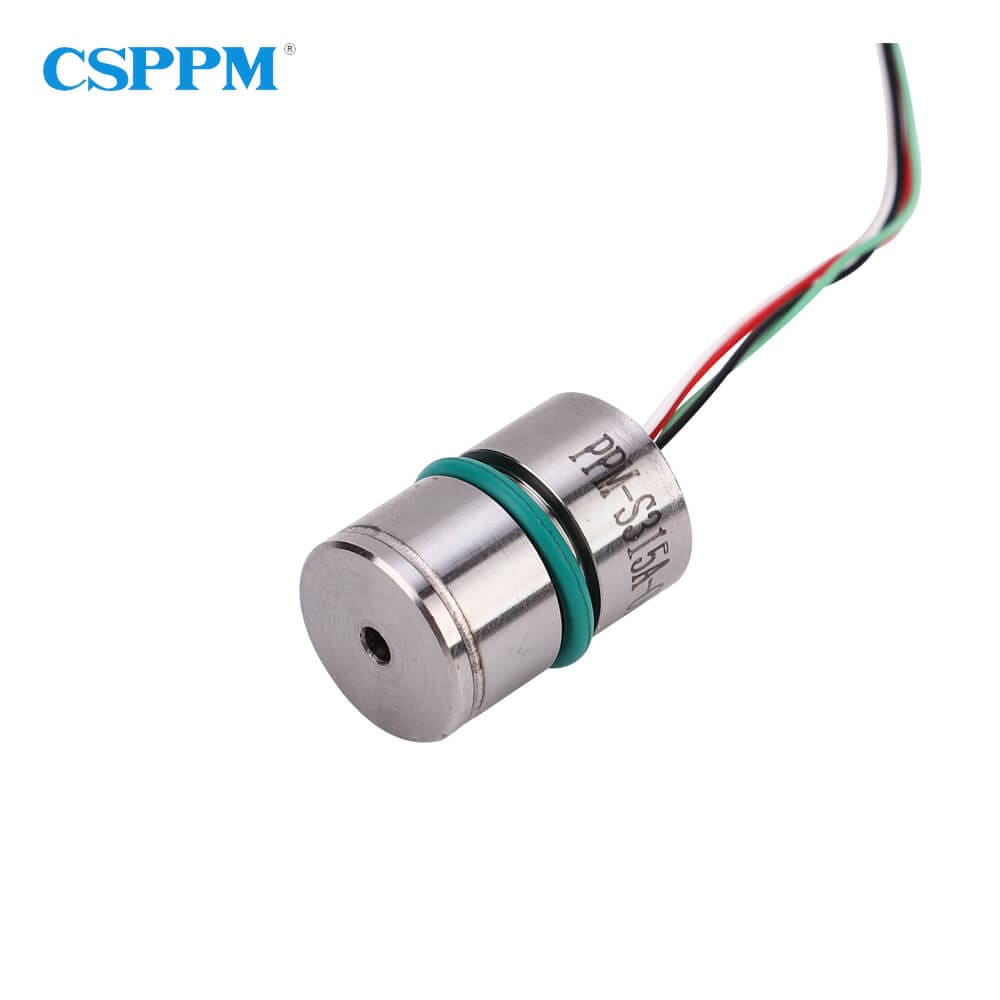Introduction: A Growing Concern
Imagine a factory line, humming along, when suddenly—failure! Why do failures always occur during high-stakes production? The truth is, traditional sensors often fall short in extreme conditions. The high temperature pressure sensor, tailored for rugged environments, offers a solution. Studies show that most sensor malfunctions arise from inadequate temperature handling, jeopardizing operations. This calls for a critical evaluation of your monitoring technology—what if the existing system isn’t satisfactory?

Understanding Traditional Solutions
Many industries still rely on outdated pressure sensors that can’t keep up with demand. These traditional solutions have major flaws, particularly when exposed to high temperatures. At times, they simply stop functioning or provide inaccurate readings. Such failures not only hinder production efficiency but also lead to costly downtime—something every business wants to avoid. Isn’t it time for a fresh approach?

Introducing Innovative Technologies
New principles in sensor technology are emerging, designed specifically to withstand extreme heat without compromising performance. By utilizing advanced materials and cutting-edge design, the new high temperature pressure sensor can deliver reliable measurements. This innovation ensures real-time data availability, resulting in better decision-making processes across industries. Look, it’s simpler than you think—embracing these advancements can save headaches later on.
Quantifying User Benefits
Benefits from adopting a high temperature pressure sensor are significant. Enhanced accuracy translates to fewer errors, and the robust design minimizes maintenance needs. Users report up to a 40% reduction in downtime when shifting to these advanced sensors. Wouldn’t you prefer a solution that promotes operational efficiency and ultimately improves cost-effectiveness? It seems logical to make the switch.
Conclusion: Metrics that Matter
Always verify these three metrics when choosing solutions: ① durability ② accuracy ③ cost-effectiveness. These criteria will guide you in selecting the right sensor technology that aligns with your operational demands. When faced with options, consider how each product meets these standards effectively. Your choice could mean the difference between smooth operations and costly regrets.
High Temp Pressure Transmitters: The Next Level
In a world where precision matters, the high temp pressure transmitter emerges as a vital tool. It offers unparalleled accuracy under duress. Traditional sensors often misread, especially as environments heat up, leading to critical errors. The high temp pressure transmitter actively addresses these issues with its superior materials and design, ensuring reliable performance. Whether it’s for the oil and gas industry or manufacturing, adopting this technology will be pivotal in achieving optimal safety and efficiency.
Low Temperature Pressure Sensors: A Vital Component
On the opposite end of the spectrum lies the low temperature pressure sensor. Designed for environments that dip far below average operating conditions, these sensors maintain accuracy where others falter. The challenge with traditional sensors lies in their inability to provide consistent data in colder temperatures, which can result in catastrophic failures. Low temperature pressure sensors utilize unique engineering approaches that ensure continuous performance, even in the coldest applications. This reliability can transform processes in industries like food storage and pharmaceuticals.
Final Thoughts: Trust CSSPM Sensor for Your Needs
In summary, incorporating high temperature and low temperature pressure sensors into your operations allows for a higher reliability standard. These technologies are not merely trends; they are essential for modern industrial applications. For superior sensor solutions, consider CSSPM Sensor as your trusted manufacturer. With supply advantages and a commitment to innovation, CSSPM Sensor is poised to support your operational needs effectively.